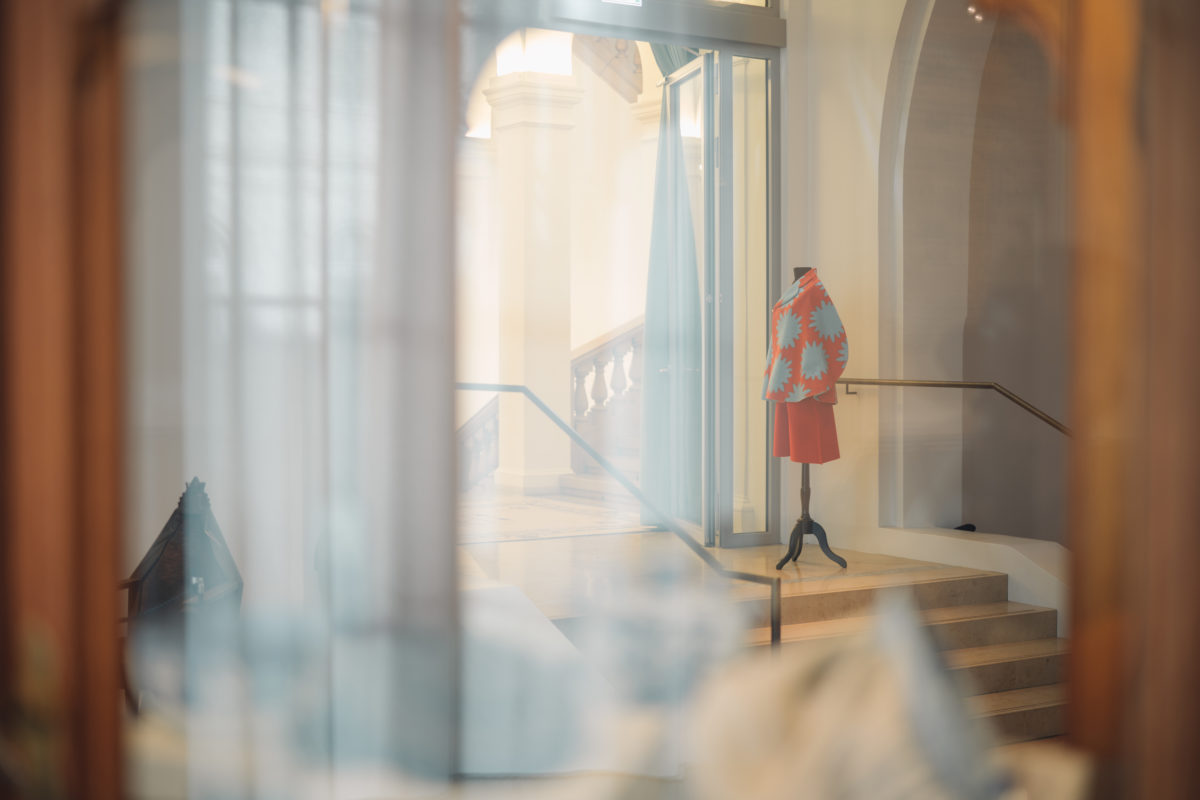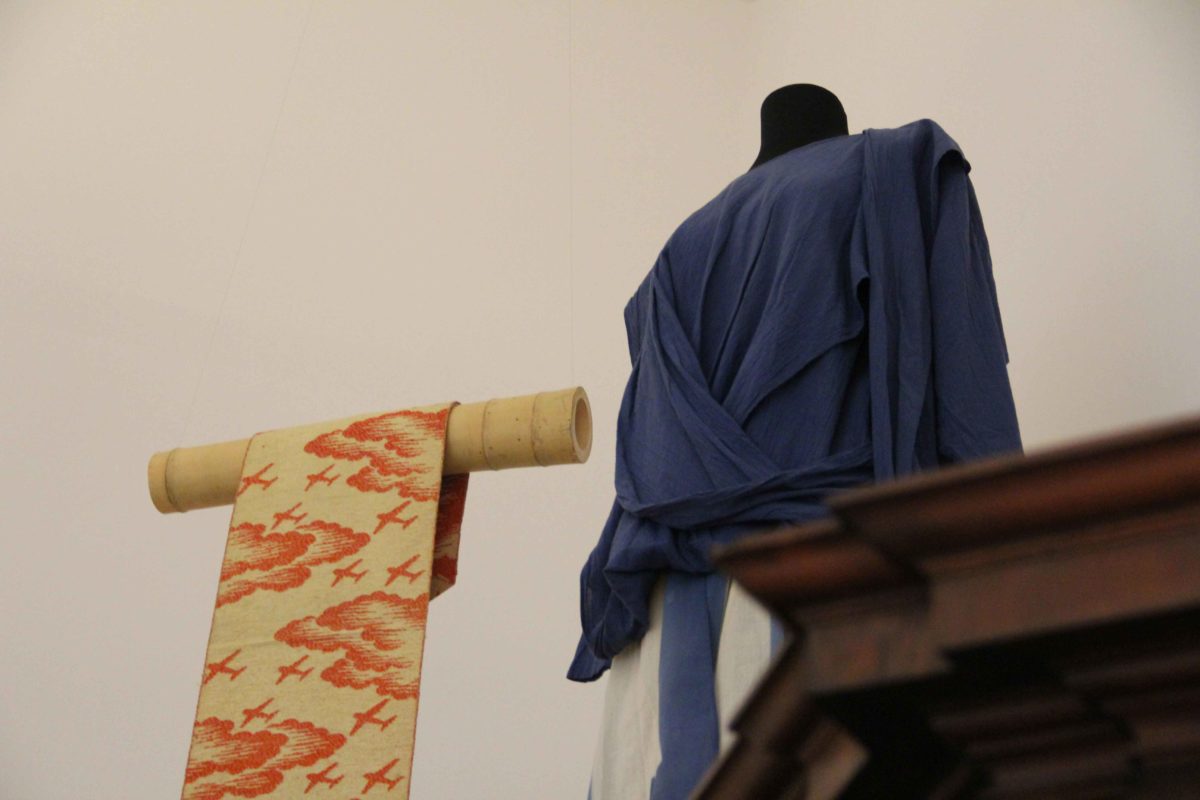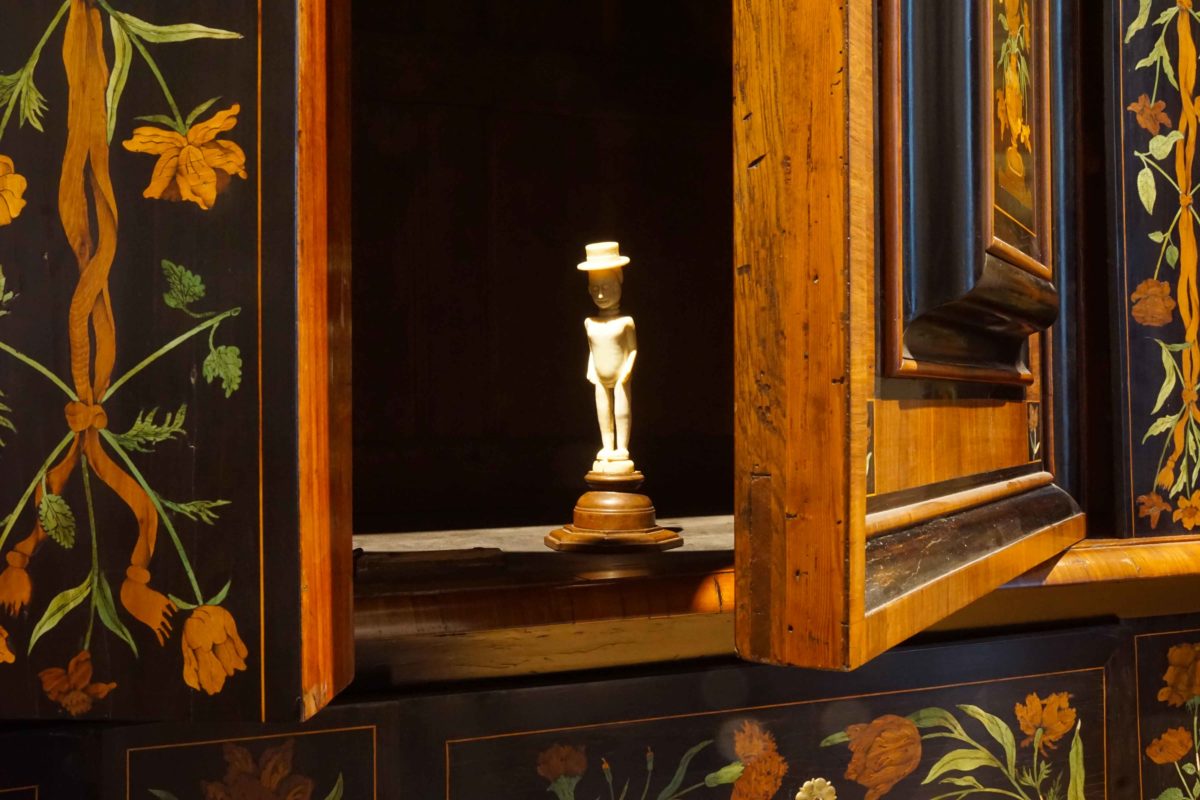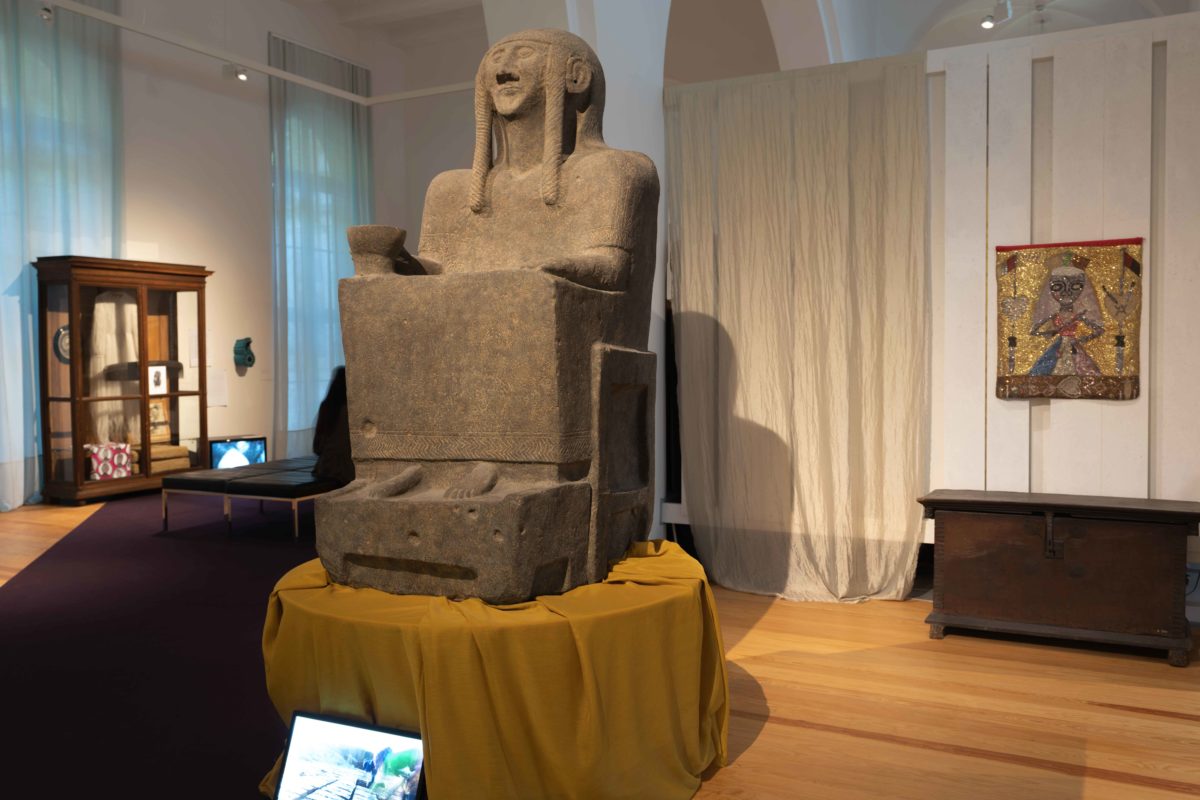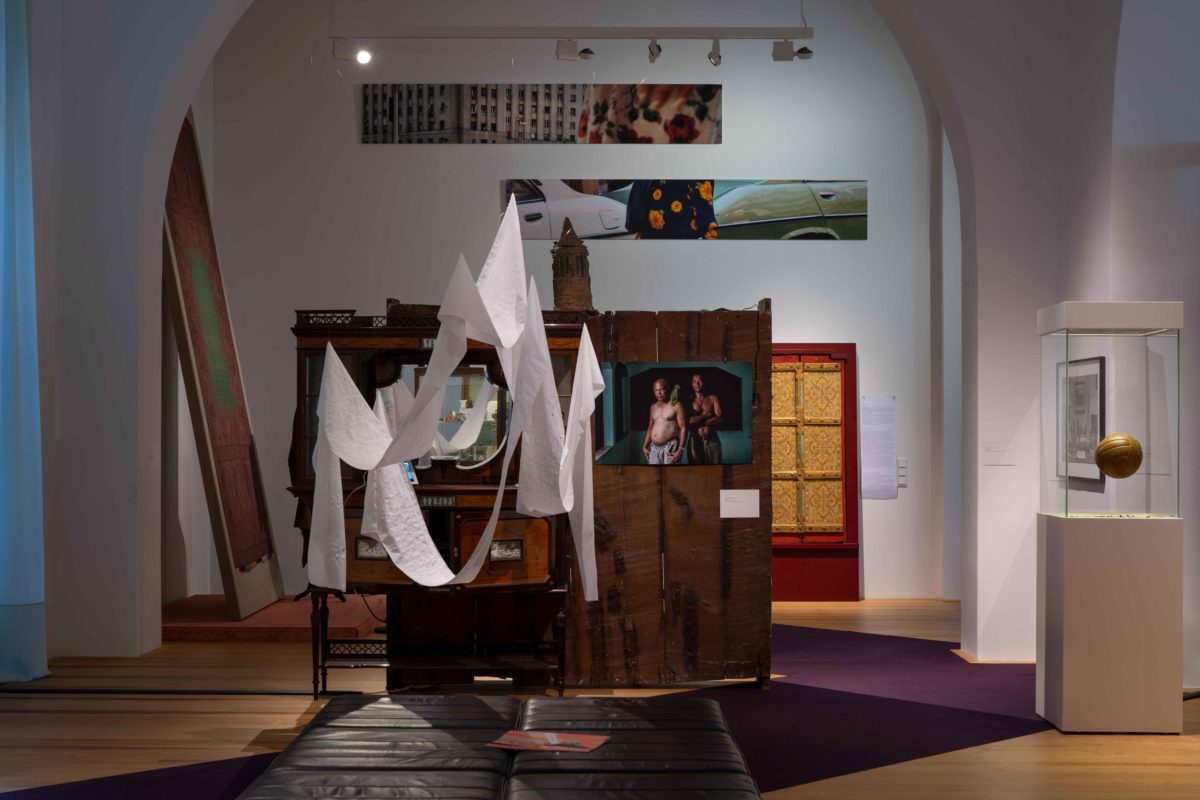Mobile Worlds
Western museums are caught up in their imperial heritage. The fate of looted art is at the center of public debates. The long-demanded return of objects such as the Benin bronzes is an important first step towards exchange and cooperation with non-Western actors and institutions.
But restitution alone is not enough. Imperial heritage – centuries of violence and exploitation, destruction and appropriation of resources of all kinds – nests in every cranny of the museum colossi in London, Paris, Vienna, Berlin or New York. The next step is therefore to scrutinize museological practice as a whole: who collects and classifies, and according to what criteria? On what kind of order is the museum based? Who researches what by employing what intellectual instruments? What is the meaning made by forms of display (from the showcase to the white cube)? What exactly does “mediation” convey? more…
“Mobile Worlds” was initially a research and exhibition project of two museums and two universities: the Museum of Arts and Crafts in Hamburg and the Johann Jacobs Museum in Zurich, the University Viadrina (Frankfurt / Oder) and the Johann Wolfgang Goethe University (Frankfurt / Main). The project explored the following questions:
Firstly, whether a different museum order is conceivable. An order that is oriented towards objects that fall neither under “Asia”, “Europe” or “Africa”, that are neither “modern” nor “antique”, but that also cannot simply be assigned to “nature”, “art” or “crafts”. In other words, objects that are many things that do not fit into the existing departments (and therefore often end up in storage).Contrary to what one might think, such objects are not a minority. There are many nodes of transcultural entanglements – objects that tell of trade, travel, migration, wars and colonialism. Objects that testify to or hint at the fact that Europe’s wealth and cultural treasures would hardly be conceivable without the capital that was generated in other parts of the world. And that there would be no modernity without rubber, coffee, crude oil, opium and enslavement.
The second, related question concerns the contemporary audience. Actors in post-migrant society, it was assumed, have little to gain from the museum fiction of “enlightenment”, “humanism” and “progress”. Don’t they have more to gain by following the idiosyncratic patterns of transcultural entanglements? Wouldn’t it be time to tell the pluriversal story? A story that also includes the considerable resistance to the European project?
“Mobile Worlds” culminated in an exhibition at the Museum of Arts and Crafts in Hamburg in 2018. The curatorial method was governed by improvisation, which occasionally pushed the museum organization to the edge of its possibilities. However, without the freedom (fought for and endured in equal measure), the team’s polyphony would not have been able to unfold. This team was made up of the museum’s curators, artists, political activists, students and the curators of “Mobile Worlds”. At the end of the conflictual, but also joyful process, an exhibition emerged as a “loose structure”.
The “Mobile Worlds” website corresponds to this “loose structure”. It does not provide pure documentation of the research and exhibition project, but is to be understood as a further development: towards digital curating. The material (texts, images and videos) originates from the exhibition or the research, but has been edited, adapted and reassembled for the website.
The website is deliberately simple. It is not (for the time being) about technological revelations, gaming, blockchain, VR and the promises of the interface. The more modest question is whether the digital space is suitable, perhaps even predestined, to trace historical entanglements. This is a genuinely aesthetic question. It is about things that are related to each other, but at the same time remain in limbo.
One final note: racist objects, of which there are several in the museum depots, were only included in “Mobile Worlds” if they were essential to the argument. These objects are shown blurred, but can be studied by moving the mouse over them.
For more information see: About
Entanglements
A bit of order can’t hurt. But what kind of order suits our collection? Areas and epochs? “Art,” “Africa,” “manuscripts,” “Islam,” “modernity”? Museums operate with such terms – visitors are used to them.
Our order, we readily admit, feels a bit unusual. It has no patience with the old categories. “Fertile crescent” – never heard of it. And then “pattern”, “hair” or “rubber”… What are we talking about? Well, “modernity” or “art” are not that much descriptive either. At least, our terms have the advantage to exhibit their arbitrariness. After all, everything could be completely different.
Collaborations
The museum is supposed to serve whom? The public, of course, but who is it? Museum administrations use surveys and outreach programs to solve that mystery. And then? Much remains the same. There is a better way to get to know the audience: active participation, and not only according to the museum´s rules. First of all, it needs to be clarified under which conditions people are willing to come together.
Does the museum dare to share curatorial responsibility with the audience? Who learns from and with whom? And how do we deal with conflicts that always arise when things get interesting (when it’s about more than just “participating”). “Mobile Worlds” was developed in exchange with the custodians of the MKG, with artists, Kurdish activists, a school and many other actors.




